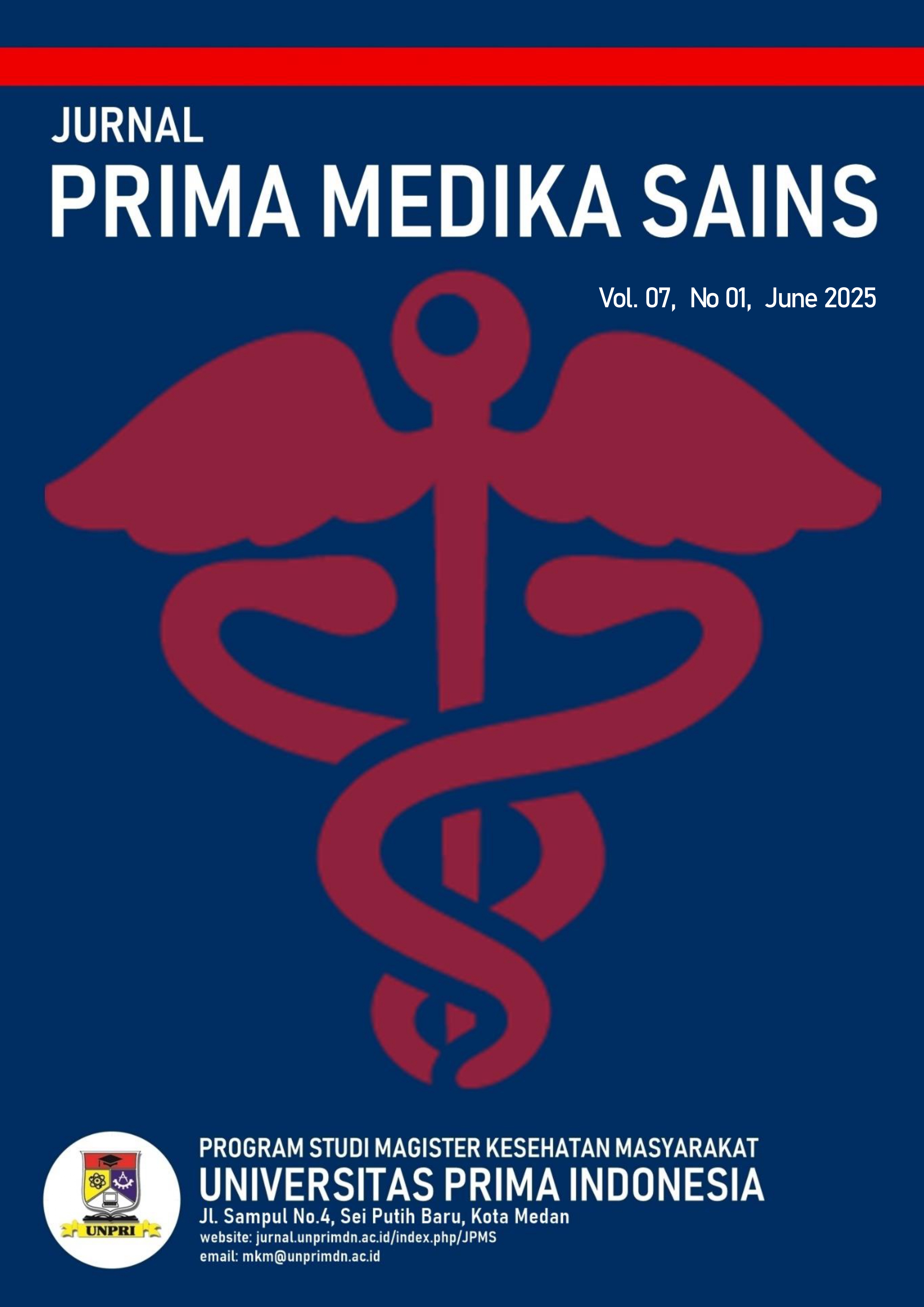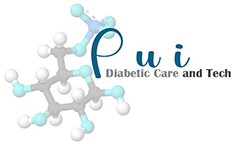Factors associated with uric acid levels in elderly: A cross-sectional study
DOI:
https://doi.org/10.34012/jpms.v7i1.6809Keywords:
physical activity, uric acid, elderly, knowledge, nutritional statusAbstract
Sustained elevated blood uric acid levels can lead to gout, a chronic inflammatory disease characterized by the deposition of uric acid crystals in the joints. Factors contributing to hyperuricemia include insufficient knowledge of risk factors and management, consumption of high-purine diets, and inadequate uric acid monitoring. Overweight and obesity are also frequently associated with increased uric acid production and reduced renal excretion. The aging process contributes to declining renal function, essential for uric acid elimination. This observational analytic cross-sectional study investigated the relationships between knowledge, nutritional status, and physical activity with blood uric acid levels in 30 elderly individuals at Hamparan Perak Health Center from March 5-19, 2025. Data were collected via questionnaires and analyzed using Chi-Square or Fisher Exact tests. The majority of respondents were female (73.3%) and aged 60-69 years (63.3%). Most had poor knowledge (56.7%) and high uric acid levels (63.3%). A significant relationship was found between knowledge (p=0.002) and nutritional status (p=0.000) with blood uric acid levels. However, no significant relationship was observed between physical activity levels and uric acid levels (p=0.125).
Downloads
Published
How to Cite
Issue
Section
License
Copyright (c) 2025 Suryati Sinurat, Maestro Bina Utama Simanjuntak, Jekson Martiar Siahaan, Mangatas Halomoan Parluhutan Hutagalung, Agus Husein Daulay, Leonardo Tarigan, Ruth Wydia Wati Sihotang, Bob Agustinus Sembiring, Titus Imanuel Nababan, Ruth Septianna Br. Tampubolon, Yuda Monang Salamon, Nur Azizah Ainun, Serevina Nainggolan

This work is licensed under a Creative Commons Attribution 4.0 International License.






